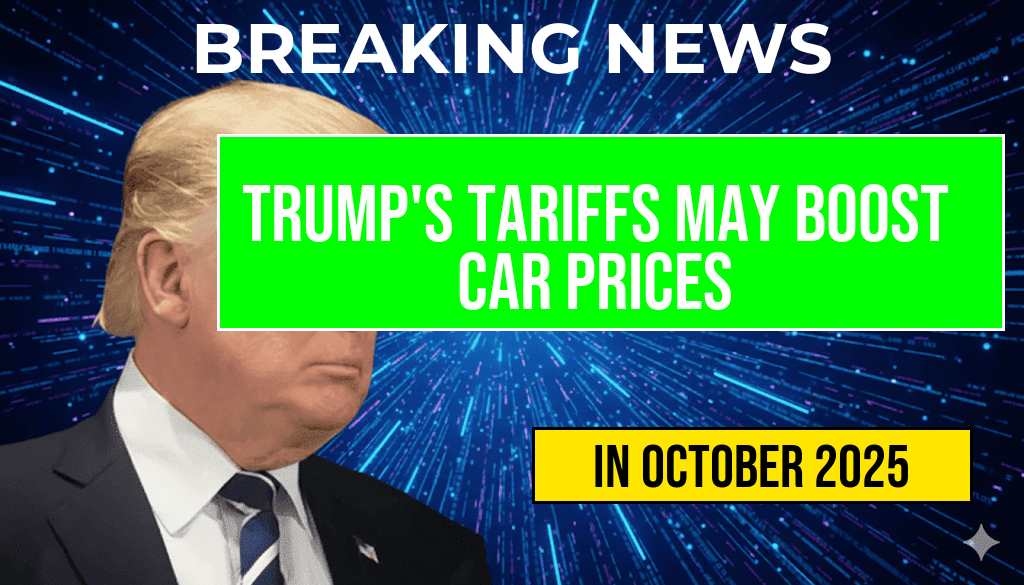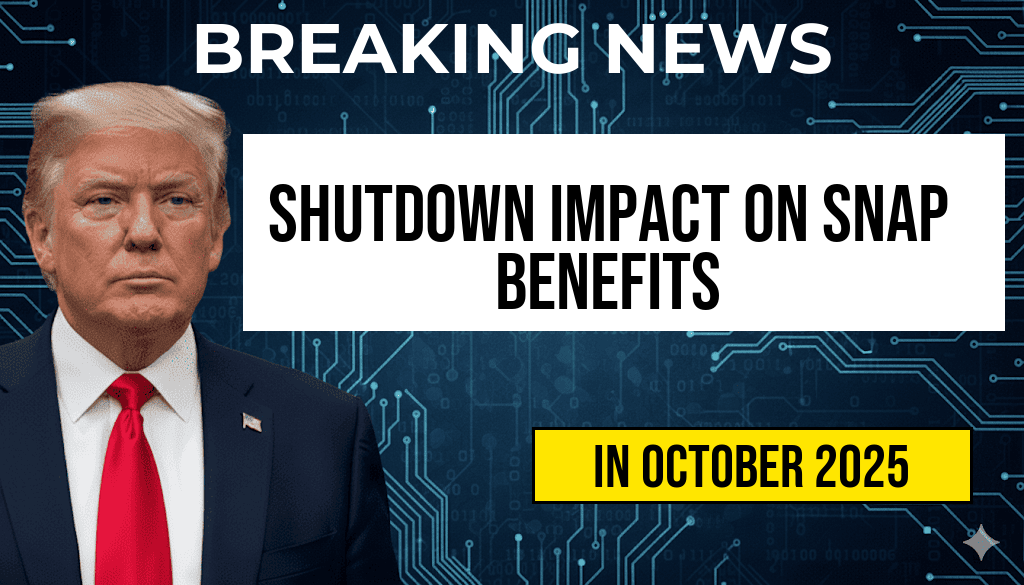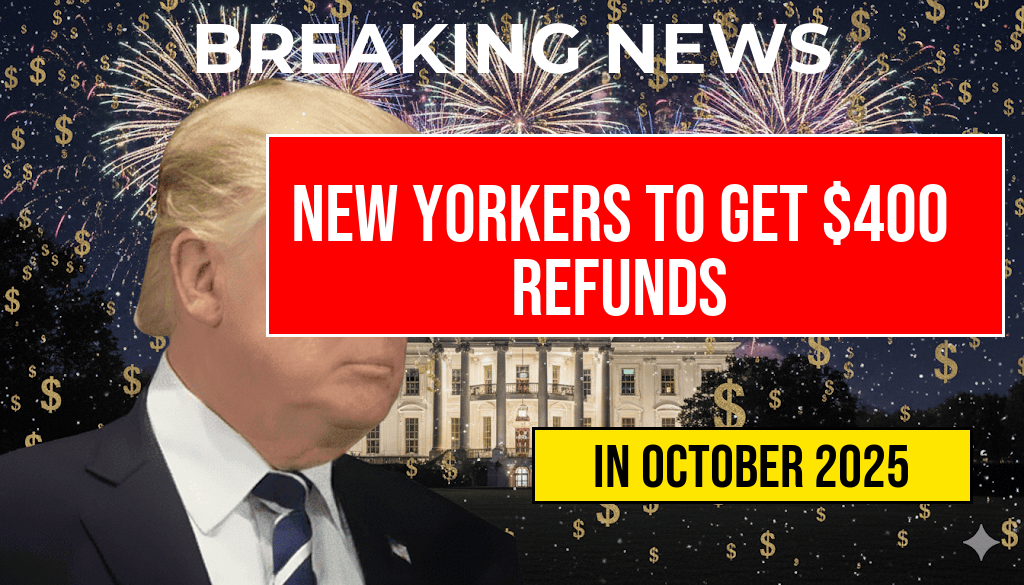President Donald Trump’s recent threat to impose steep tariffs on imported vehicles has sent ripples through the automotive industry, raising concerns among manufacturers, dealers, and consumers alike. If enacted, these tariffs could lead to an increase of up to $5,286 in the price of a typical new car, potentially altering purchasing decisions and reshaping the market landscape. The proposal aims to address trade imbalances and protect domestic manufacturing, but critics warn it could trigger higher costs for consumers, disrupt supply chains, and slow market growth. As negotiations and political signals continue to evolve, industry stakeholders are closely monitoring the potential impact of these tariffs on vehicle pricing and availability.
Potential Impact of Tariff Implementation on Vehicle Prices
How Tariffs Could Drive Up Costs
The proposed tariffs target imported vehicles and parts, which constitute a significant portion of the U.S. automotive market. According to industry analyses, a 25% tariff on imported vehicles could translate into an average price increase of around $2,000 to $5,286 per vehicle, depending on the make, model, and manufacturing location. This calculation considers current import prices, manufacturing costs, and profit margins, highlighting the potential for consumers to face substantially higher out-the-door prices.
| Vehicle Type | Current Average Price | Projected Increase (25% Tariff) | Potential New Price Range |
|---|---|---|---|
| Compact Car | $20,000 | $5,000 | $25,000 |
| SUV | $35,000 | $8,750 | $43,750 |
| Luxury Vehicle | $50,000 | $12,500 | $62,500 |
Market Reactions and Consumer Concerns
Automakers have expressed apprehension that increased costs could dampen demand, especially amid ongoing economic uncertainties. Dealers warn that higher vehicle prices may slow sales, particularly in the entry-level and mid-range segments, where consumers are more price-sensitive. For consumers, this shift could mean fewer options and reduced affordability, pushing some buyers toward used cars or delaying purchases altogether.
Industry Responses and Strategic Adjustments
Manufacturers’ Position and Preparatory Measures
Major automakers have started reevaluating their supply chains, considering alternative sourcing strategies to mitigate tariff effects. Some are increasing domestic production investments to reduce reliance on imported parts, while others are exploring new trade agreements to avoid punitive tariffs. These measures aim to cushion the financial blow to their bottom line and maintain competitive pricing.
Government and Economic Analysts’ Perspectives
Trade experts and economic analysts warn that tariffs of this magnitude could ignite a series of retaliatory measures from trading partners, potentially escalating into a trade war. Such developments might lead to broader economic repercussions, including inflationary pressures and disrupted supply chains across multiple industries. Conversely, supporters argue that tariffs could bolster domestic manufacturing and create jobs, though empirical evidence remains mixed.
Historical Context and Future Outlook
Past Tariff Policies and Market Effects
Historically, tariffs have served as tools for protectionism but often resulted in higher consumer prices and strained international relations. The U.S. auto industry has previously experienced price fluctuations due to tariff policies, but the scale and scope of potential new measures under the current proposal could dwarf past impacts. The 1960s and 1980s saw similar debates, with tariffs leading to increased costs and trade tensions.
Next Steps and Industry Predictions
As negotiations continue, industry insiders anticipate that the final decision on tariffs could be influenced by political developments, economic conditions, and diplomatic negotiations. Should tariffs be implemented, experts expect a gradual price increase rather than an immediate spike, giving manufacturers and consumers some time to adapt. Market analysts suggest that automakers may also accelerate efforts toward electric vehicles and locally sourced components to hedge against future tariff risks.
For additional insights on trade policies and their impacts, consult Wikipedia’s trade war overview and Forbes’ analysis on automakers’ strategies.
Frequently Asked Questions
What is the main concern for the new car industry related to Trump’s tariff threat?
The primary concern is that Trump’s tariff threat could lead to increased vehicle prices by up to $5,286, making new cars more expensive for consumers.
How might tariffs impact the overall cost of purchasing a new car?
The tariffs could raise the cost of manufacturing and importing vehicles, which manufacturers may pass on to consumers, resulting in an increase of up to $5,286 per vehicle.
Which types of vehicles are most likely to be affected by the tariff increase?
Vehicles that rely heavily on imported parts or are assembled using foreign components are most susceptible to the price hikes caused by tariffs.
What potential effects could this tariff threat have on the automotive market?
The threat of tariffs could lead to decreased sales due to higher prices, potential supply chain disruptions, and increased costs for consumers.
Are there any strategies consumers can consider to mitigate the impact of tariffs on car prices?
Consumers might consider buying earlier before tariffs take effect, exploring alternative models, or considering domestically manufactured vehicles to potentially avoid some of the additional costs.






